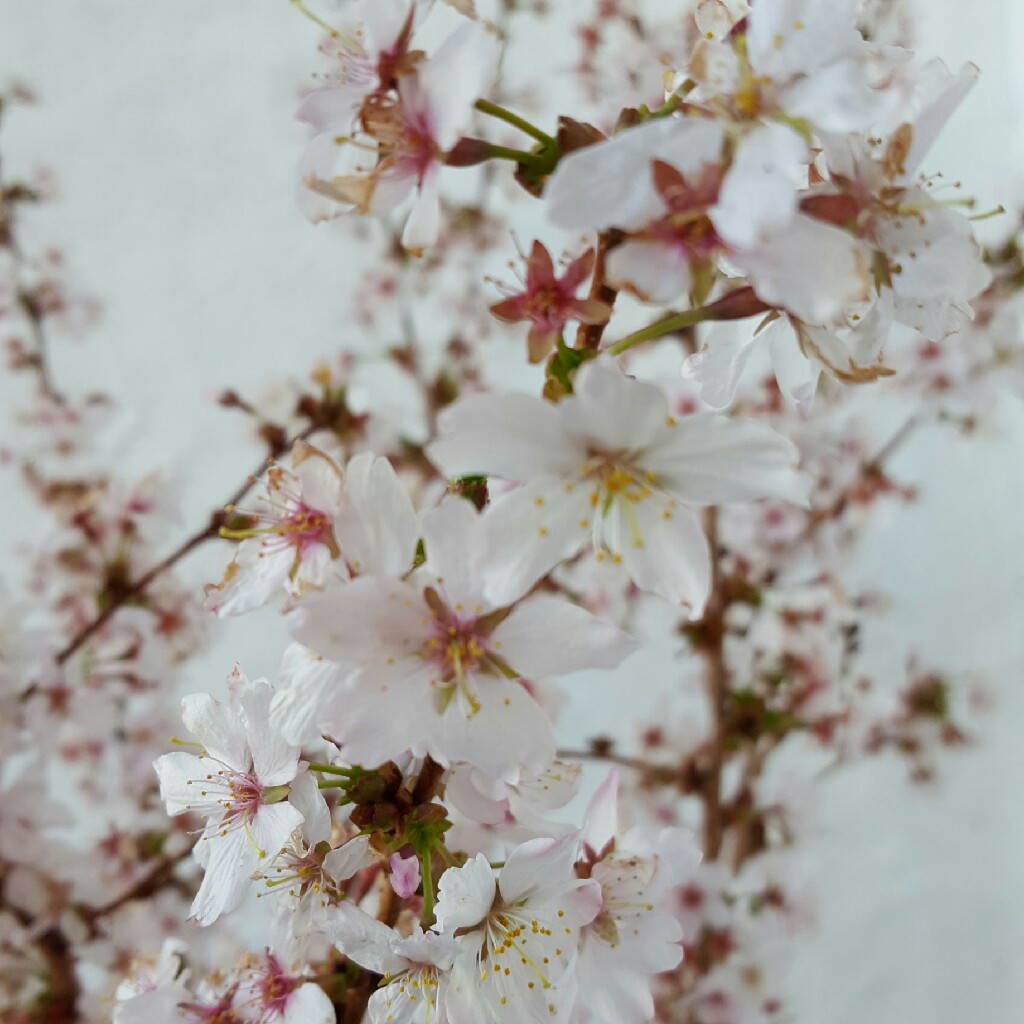
Prunus japonica 'Brilliant'
Japanese bush cherry
The shrub reaches 1.5 m by 1.5 m. Its flowers are hermaphrodite and are pollinated by insects. The plant blossoms in spring. Its fruit reaches about 14 mm and has an agreeably sweet flavour, therefore it is used in making pies, but its taste is quite sour, reminiscent of that of Sour cherry.
Contributed by @SylviaDavies
-
Full sun
-
Occasional watering
-
Full Frost Hardy: 5F (-15°C)
-
Light and free draining
Common name
Japanese bush cherry
Latin name
Prunus japonica 'Brilliant'
type
Deciduous trees or shrubs
family
Rosaceae
ph
5.5 - 8.0 Acid - Neutral
Plant & bloom calendar
-
Best time to plant
-
When to harvest
full grown dimensions
 1.50 M
1.50 M
1.50 M
1.50 M
Prunus japonica 'Brilliant'
The shrub reaches 1.5 m by 1.5 m. Its flowers are hermaphrodite and are pollinated by insects. The plant blossoms in spring. Its fruit reaches about 14 mm and has an agreeably sweet flavour, therefore it is used in making pies, but its taste is quite sour, reminiscent of that of Sour cherry.
Planting
From Early Spring TO Early Spring
Cherries prefer deep, fertile and well-drained soil with pH 6.5-6.7. They dislike shallow, sandy or badly drained soils. Acid cherries tolerate some shade and are suitable as fan-trained trees against north-facing walls or fences, or as open centred bush trees. Best planted in full sunlight.











